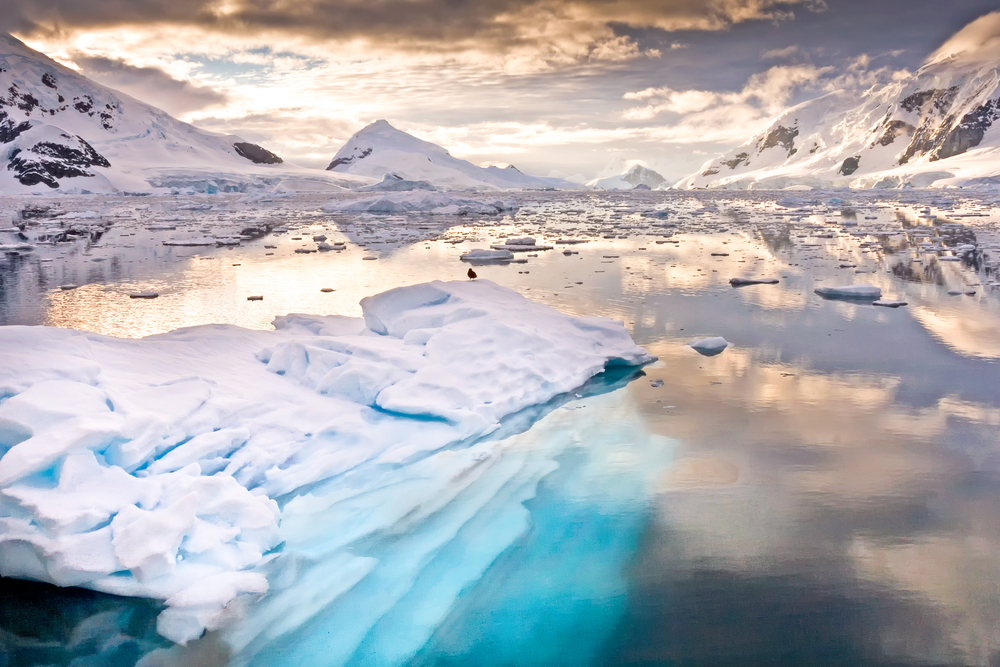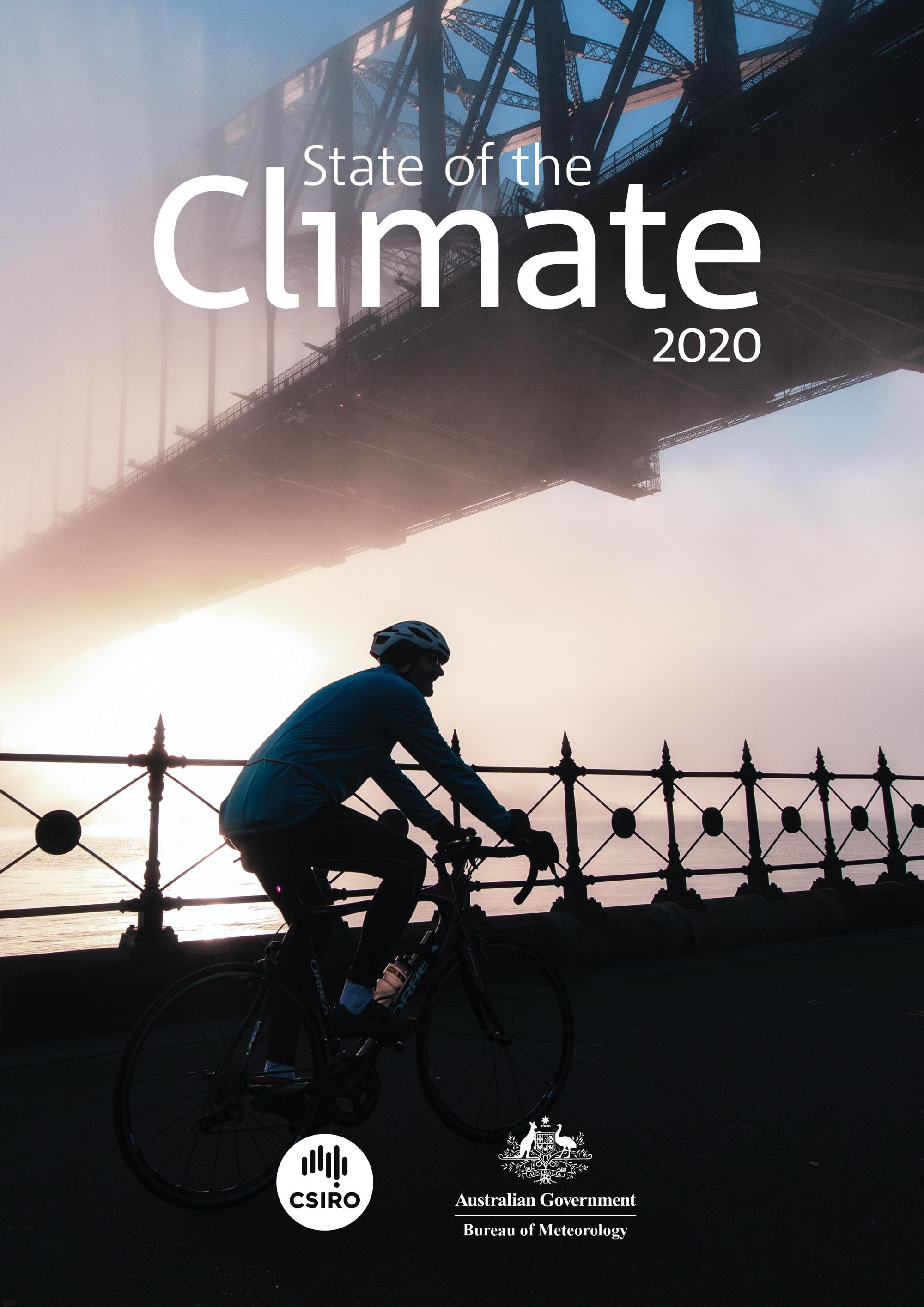Nov 13 2020
Continued warming of Australia’s climate, an increase in extreme fire weather and length of the fire season, declining rainfall in the southeast and southwest of the continent, and rising sea levels are some of the key trends detailed in the latest State of the Climate report, released today by the Bureau of Meteorology and CSIRO.

Image Credit: Wim Hoek/Shutterstock.com
Drawing on the latest climate observations, analyses and projections, the biennial report provides a comprehensive and scientifically rigorous analysis of Australia's changing climate, today and into the future.
“Our science clearly shows that, due to increasing greenhouse gases, such as carbon dioxide, in the atmosphere, Australia’s climate is continuing to warm, and the frequency of extreme events such as bushfires, droughts, and marine heatwaves is growing,” CSIRO’s Climate Science Centre Director Dr Jaci Brown said.

The Bureau of Meteorology’s Manager of Climate Environmental Prediction Services, Dr Karl Braganza, said the report found the warming trend in Australia was contributing to increases in extreme fire weather and the length of the fire season.
"There has been a significant increase in the frequency of dangerous fire weather days across Australia, particularly during spring and summer, leading to an earlier start to the southern fire season,” Dr Braganza said.
“Climate change is influencing these trends through its impact on temperature, rainfall, and relative humidity, and the resulting change to the fuel moisture content.”
Australia’s changing rainfall pattern was another key observation documented in the report, with contrasting trends being observed across the north and south of Australia.
"In the southwest and southeast of Australia we are seeing drier conditions, particularly in the cool season months of April to October,” Dr Braganza said.
“In southwest Australia, for example, cool season rainfall has decreased by around 16 per cent since 1970.
“These trends are projected to lead to more time spent in drought in the coming decades.
"In contrast, rainfall has increased across most of northern Australia since the 1970s.
"While highly variable from year to year, there have been more ‘wetter than average’ years in recent decades."
The oceans around Australia are also being affected by climate change, leading to significant impacts on marine ecosystems.
Surface waters are acidifying, and the frequency, intensity and duration of marine heatwaves has increased.
“These trends, which are projected to continue in the coming decades, are already posing a significant threat to the long-term health and resilience of the coral reef ecosystems around Australia’s coast,” Dr Brown said.
COVID-19 lockdowns and economic downturn helped reduce global emissions in 2020 but has not been enough to make a discernible impact on carbon dioxide levels in the atmosphere.
Measurements taken at the Cape Grim Baseline Air Pollution Station in northwest Tasmania show that carbon dioxide levels in the atmosphere have been increasing since pre-industrial times (around 1750), with fossil fuel emissions being the principal driver of this growth.
“To build a sustainable, resilient and productive future for Australia, governments, industries and communities need robust climate information,” Dr Brown said.
“This report presents a synthesis of our most up-to-date understanding of the changing nature of Australia’s climate, providing a sound base for economic, environmental and social decision-making now and into the future.”
State of the Climate 2020 is the sixth report in a series published biennially by the Bureau of Meteorology and CSIRO, which together play an integral role in monitoring, measuring and reporting on weather and climate.
The State of the Climate 2020 report can be found on the CSIRO and Bureau of Meteorology websites.
Key observations
- The warming trend outlined in previous State of the Climate reports is continuing.
- Australia's climate has warmed on average by 1.44 (± 0.24) degrees since 1910, leading to an increase in the frequency of extreme heat events.
- Oceans around Australia are acidifying, and have warmed by around one degree since 1910, contributing to longer and more frequent marine heatwaves.
- The rate of sea-level rise varies around Australia’s coastlines, but overall, sea levels are rising in line with global trends.
- There has been an increase in extreme fire weather, and in the length of the fire season, across large parts of the country since the 1950s, especially in southern Australia.
- Rainfall between April and October has declined across parts of southern Australia.
- Rainfall has increased across parts of northern Australia since the 1970s.
- Fewer tropical cyclones for the future, but a greater proportion projected to be of high intensity, with large variations from year to year.
- Global carbon dioxide (CO2) concentrations in the atmosphere reached 410 parts per million (ppm) in 2019 and the CO2-equivalent of all greenhouse gas reached 508 ppm. The rate of CO2 accumulation in the atmosphere has increased with every passing decade since atmospheric measurements began.
- Emissions from fossil fuels are the main contributor to the observed growth in atmospheric CO2. Around 85 percent of global CO2 emissions in the decade from 2009 to 2018 were from fossil fuel sources.